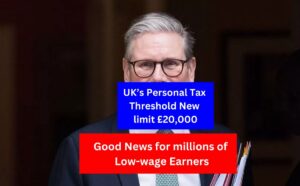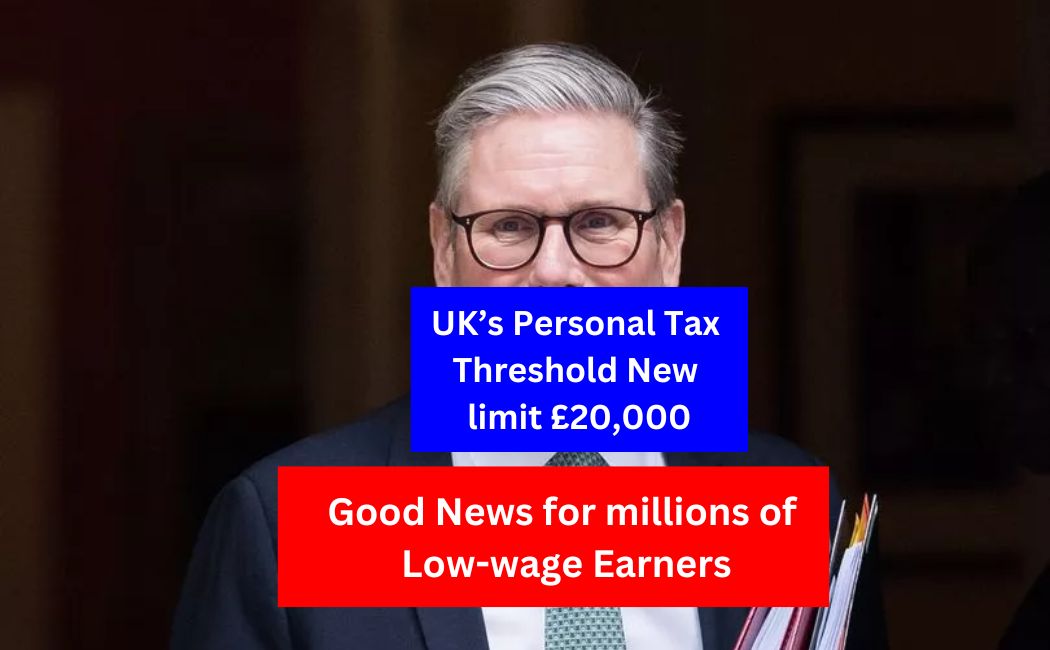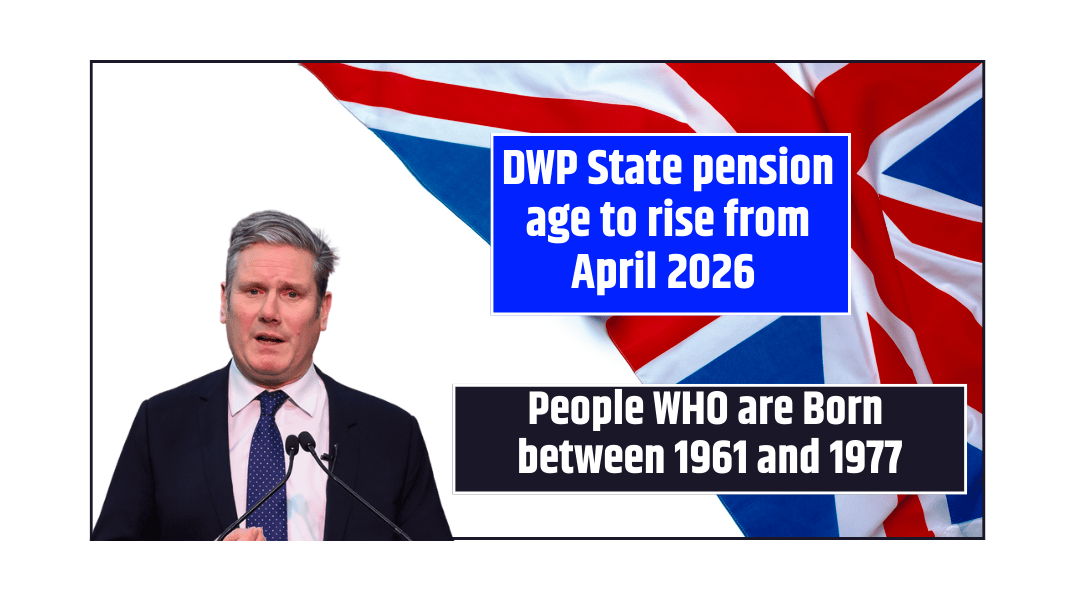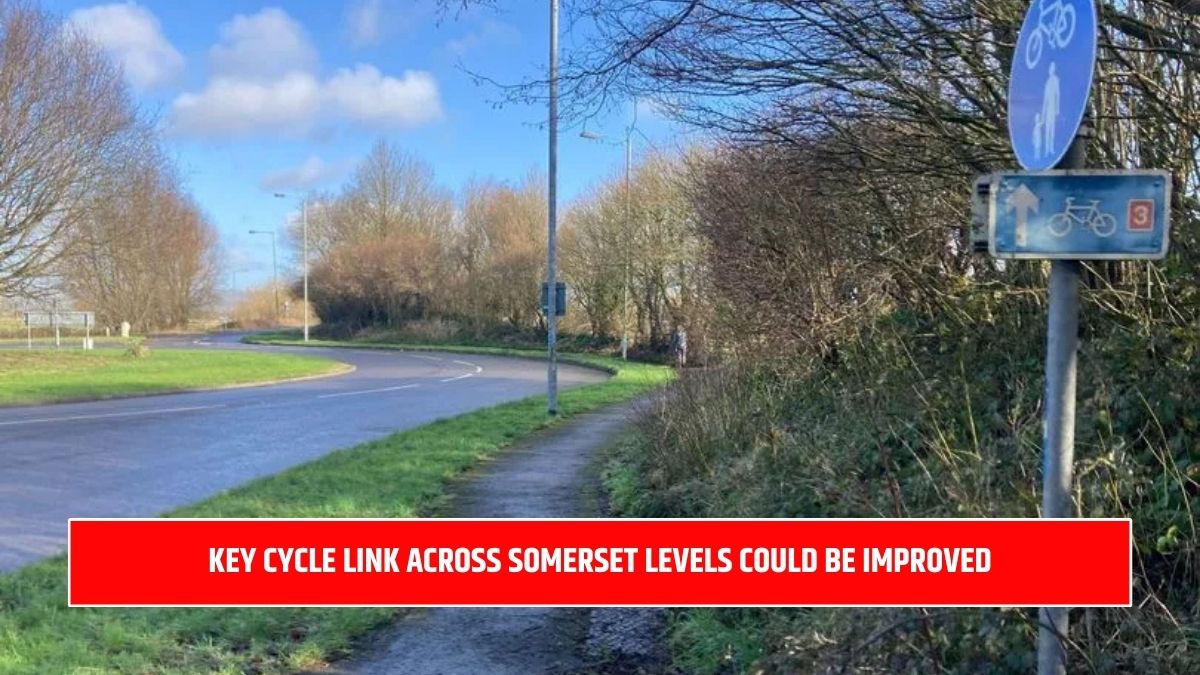The Department for Work and Pensions (DWP) recently made changes to the state pension forecast, leaving many users confused about their pension eligibility. Following public complaints, the government decided to roll back the update, restoring the original forecast format. Here’s what happened, why it matters, and what you need to know about checking your pension forecast.
Why Did the DWP Change the Pension Forecast?
The state pension forecast helps individuals understand how much pension they might receive when they retire and whether they need to make additional National Insurance (NI) contributions. However, a recent format change made this information harder to interpret, causing widespread confusion.
What Changed?
- The updated format implied that individuals needed to contribute until retirement age, even if they had already completed the required 35 years of contributions.
- The new layout made it less clear how topping up past NI gaps could boost pension payments.
Public Reaction: Confusion and Criticism
The update sparked frustration among many users. NHS worker Mark de Fleury, 58, from Wiltshire, shared his confusion:
“Previously, it showed how many years you need to reach your 35 years’ full contribution or that you have paid the full amount. It now seems to imply that you need to contribute right up to your actual retirement date.”
Former Pensions Minister Steve Webb also raised concerns, calling the timing problematic:
“With the final deadline for filling gaps in National Insurance records just a matter of weeks away, it is more important than ever that official information is clear about how filling past gaps can help.”
Government Response: Reverting to the Old Format
In response to the public backlash, the government decided to withdraw the changes. A spokesperson said:
“Due to customer feedback, these changes have now been withdrawn. This means people will be able to view their state pension forecast as they were before. We apologise for any confusion caused.”
The pension forecast will now return to its previous format, making it easier to understand pension entitlements and contribution requirements.
Key Deadlines: Act Before April 2025
The DWP and HMRC are urging individuals to review their National Insurance records before upcoming deadlines:
- Deadline for Filling NI Gaps: 5 April 2024.
- Eligibility for Backdated Contributions: Until April 2025, individuals can make voluntary NI contributions to cover gaps dating back to 2006.
- Post-April 2025 Rule: People will only be able to fill gaps from the previous six tax years, following standard rules.
How to Check Your State Pension Forecast
The quickest and easiest way to check your pension forecast is through the “Check Your State Pension Forecast” service on GOV.UK. Here’s a simple step-by-step guide:
- Visit GOV.UK: Search for “Check your State Pension forecast.”
- Log In Using Your Government Gateway ID: If you don’t have one, you can create it in a few minutes.
- View Your Forecast: See how much pension you might receive, your current contribution record, and whether you need to make voluntary contributions.
Tip: Check your NI record regularly, especially if you’ve taken time off work, been self-employed, or lived abroad, as these factors can lead to contribution gaps.
Why NI Contributions Matter for Your Pension
To qualify for the full state pension, you need 35 qualifying years of National Insurance contributions. If you have fewer years, your pension will be reduced proportionally. You need at least 10 years of contributions to receive any state pension at all.
Common Reasons for NI Gaps:
- Employment breaks (e.g., maternity leave or unemployment).
- Self-employment with insufficient contributions.
- Living or working abroad without paying into the UK system.
How to Fill Gaps:
- Make voluntary Class 3 NI contributions.
- Contact HMRC to get guidance based on your situation.
The confusion around the pension forecast highlights the importance of clear communication regarding retirement planning. With the original format reinstated, it should now be easier for individuals to track their contributions and forecast their pension accurately.
Don’t wait until the deadlines approach—check your NI record, understand your state pension forecast, and take action if needed. A small effort today can ensure a more secure and predictable retirement in the future.
| Visit for More News and Updates | WSOA NEWS |
FAQ’s
Why did the DWP change the pension forecast?
The DWP updated the pension forecast format to simplify information, but the change caused confusion about contribution requirements.
What was confusing about the new pension forecast?
The new format suggested people needed to contribute until retirement, even if they’d met the 35-year NI requirement.
When is the deadline for filling NI gaps?
The deadline is 5 April 2024 to fill gaps dating back to 2006. After April 2025, only the previous six years can be filled.
How can I check my state pension forecast?
You can check your pension forecast on the GOV.UK website using the ‘Check your State Pension forecast’ service.
What happens if I have gaps in my NI contributions?
You can fill these gaps by making voluntary Class 3 NI contributions, which could increase your pension amount.
How many years of NI contributions are needed for a full pension?
You need 35 qualifying years for a full state pension and at least 10 years to receive any amount.














